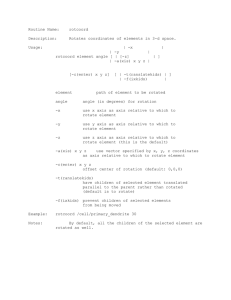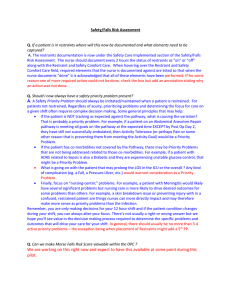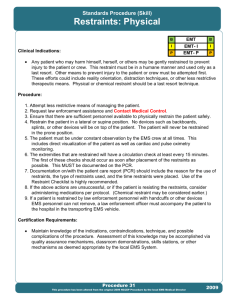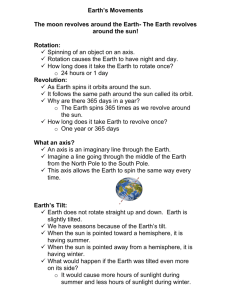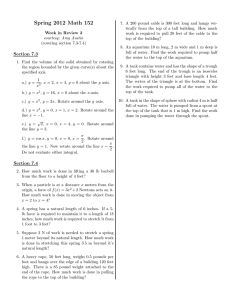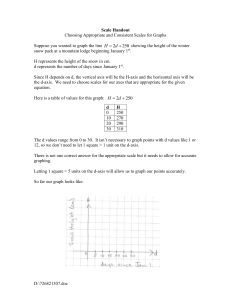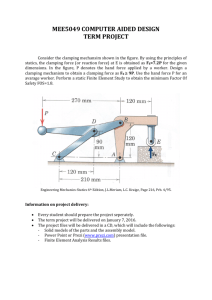Work Holding principles
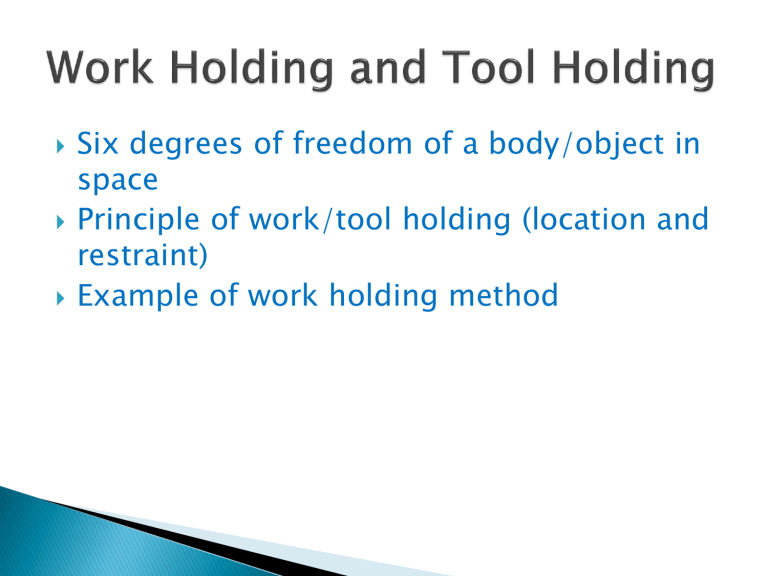
Six degrees of freedom of a body/object in space
Principle of work/tool holding (location and restraint)
Example of work holding method
If we consider a body/object in space it is free to move in six directions as follows : a) b) c) d) e) f)
Back and forth along the X axis
Side to side along the Y axis
Up and down in the Z axis
Rotate either way about the X axis
Rotate either way about the Y axis
Rotate either way about the Z axis
To be able to carry out work on the material/object it is necessary to locate the material in a set position on the machine and restrain it using some form of clamping/fixing device to prevent any linear or rotational movement.
The clamping/fixing devices can consist of:
(A) positive restraints, where a physical object prevents the material from moving.
(B) frictional restraints, where the material is gripped between two or more objects.
(C) a combination of positive and frictional restraints.
Where possible a positive restraint should be used to resist cutting forces.
If the material is placed on a flat surface as in diagram below some of its states of freedom become restrained
When location pins are added as in diagram below it becomes further restrained and also located in set positions
If clamping screws are then added as in diagram below the material becomes fully restrained and located in set positions
